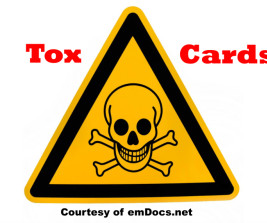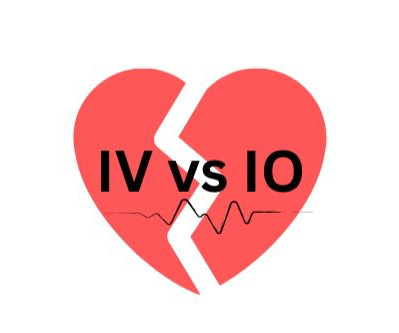The Broselow-Luten System
Pediatric EM Morsels
OCTOBER 27, 2023
Initially tested in Johannesburg, South Africa: 1 month old to 12 years old Broselow predicted within 10% of weight in 63.6% PAWPER was more accurate than EPLS (European life support formula) as well. Bowen 2016] Moral of the Morsel: Weight Matters! 2007-2902 Wells M, Coovadia A, Kramer E, Goldstein L. x exp[0.02












Let's personalize your content